Market Growth Projections
The Global Indonesia Extreme Ultraviolet (EUV) Lithography Market Industry is projected to experience substantial growth in the coming years. With a market value anticipated to reach 3750 USD Million by 2035, the industry is poised for a transformative phase. This growth is underpinned by various factors, including technological advancements, government support, and rising demand for advanced semiconductor technologies. The expected compound annual growth rate (CAGR) of 10.5% from 2025 to 2035 indicates a robust market environment, suggesting that stakeholders should prepare for increased competition and innovation in the EUV lithography sector.
Government Initiatives and Support
The Indonesian government appears to play a pivotal role in fostering the Global Indonesia Extreme Ultraviolet (EUV) Lithography Market Industry through various initiatives and support mechanisms. Policies aimed at enhancing the semiconductor ecosystem, including tax incentives and funding for research and development, are likely to stimulate growth. The government's commitment to advancing technology infrastructure may attract foreign investments, further bolstering the EUV lithography sector. As a result, the market could witness accelerated development, potentially reaching a valuation of 3750 USD Million by 2035, driven by a conducive regulatory environment and strategic partnerships.
Technological Advancements in Lithography
Technological advancements in lithography are significantly influencing the Global Indonesia Extreme Ultraviolet (EUV) Lithography Market Industry. Innovations in EUV technology, such as improved light sources and mask designs, enhance the precision and efficiency of semiconductor manufacturing. These advancements are crucial for meeting the increasing demands for high-performance chips in various applications, including artificial intelligence and 5G technology. As a result, the market is expected to grow at a compound annual growth rate (CAGR) of 10.5% from 2025 to 2035, reflecting the industry's responsiveness to technological evolution and the need for cutting-edge solutions.
Growing Investment in Research and Development
Investment in research and development is a key driver for the Global Indonesia Extreme Ultraviolet (EUV) Lithography Market Industry. As companies strive to innovate and maintain competitive advantages, substantial resources are allocated to R&D initiatives. This focus on developing new EUV technologies and improving existing processes is likely to yield breakthroughs that enhance manufacturing capabilities. The increasing collaboration between academia and industry in Indonesia further supports this trend, fostering a culture of innovation. Consequently, this investment is expected to contribute to the overall growth of the market, aligning with the projected increase in market value to 3750 USD Million by 2035.
Expansion of Semiconductor Manufacturing Facilities
The expansion of semiconductor manufacturing facilities in Indonesia is poised to significantly impact the Global Indonesia Extreme Ultraviolet (EUV) Lithography Market Industry. As global demand for semiconductors escalates, local manufacturers are likely to enhance their production capacities to meet this need. This expansion may involve the adoption of EUV lithography technology, which is essential for producing next-generation chips. The establishment of new facilities not only boosts local employment but also positions Indonesia as a competitive player in the global semiconductor supply chain. This trend could further drive the market towards a valuation of 1250 USD Million in 2024, setting the stage for future growth.
Rising Demand for Advanced Semiconductor Technologies
The Global Indonesia Extreme Ultraviolet (EUV) Lithography Market Industry is experiencing a surge in demand for advanced semiconductor technologies. As industries increasingly adopt sophisticated electronic devices, the need for smaller, more efficient chips becomes paramount. This trend is evidenced by the projected market value of 1250 USD Million in 2024, reflecting a robust growth trajectory. The integration of EUV lithography enables manufacturers to produce chips with smaller nodes, enhancing performance and energy efficiency. Consequently, this demand is likely to drive investments in EUV technology, fostering innovation and competitiveness within the Indonesian semiconductor landscape.

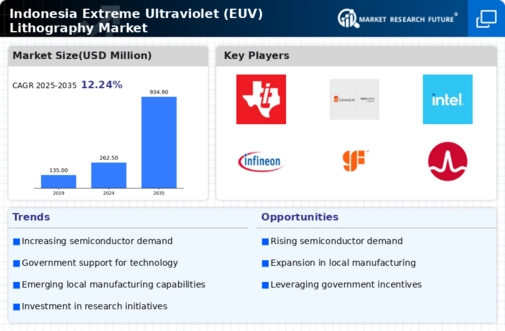

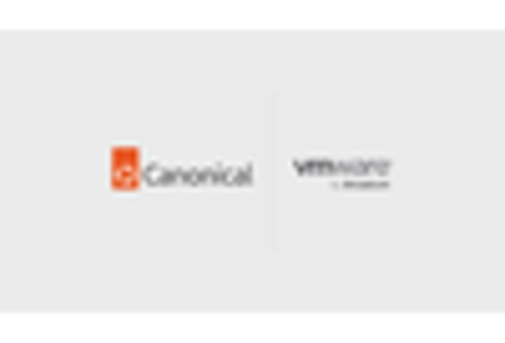
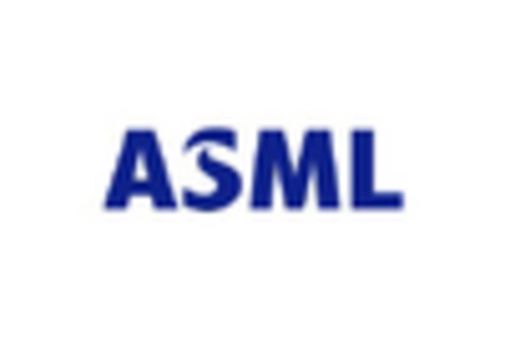
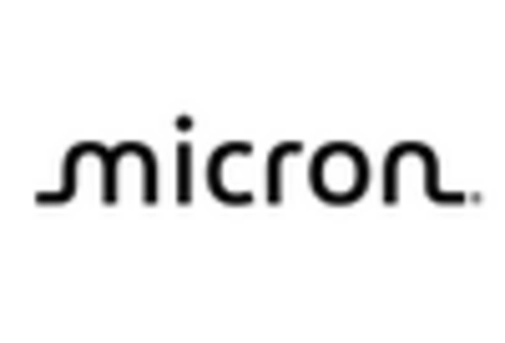
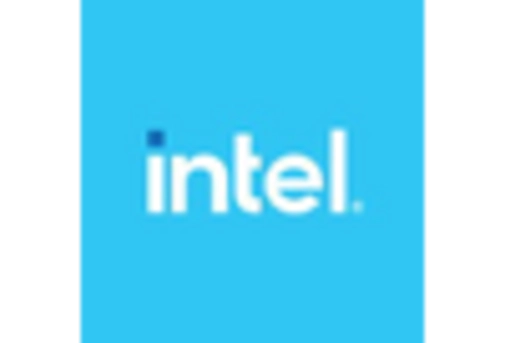




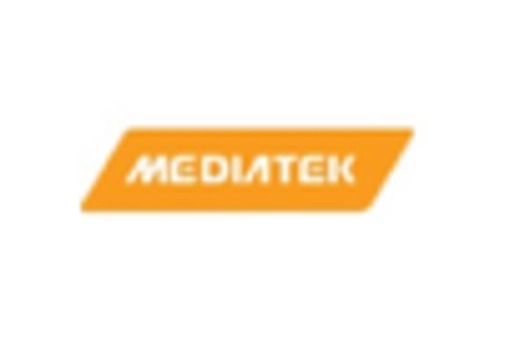










Leave a Comment